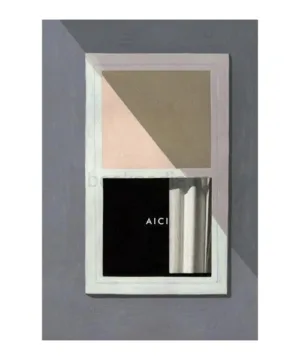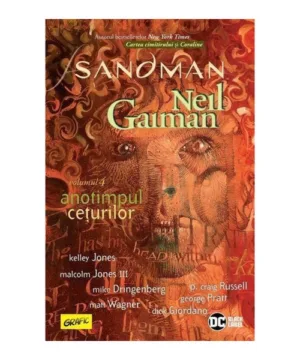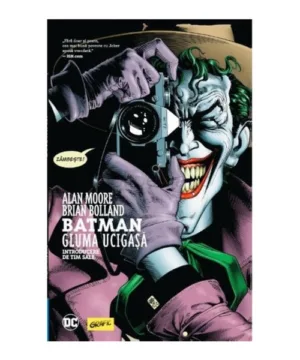Rorstrand : Art Nouveau Porcelain from Sweden
130,05 lei
| Authors | Bengt Nystroem |
|---|---|
| Publisher | Arnoldsche |
| Year | 2011 |
| Language | Engleză, Germană |
| Pages | 192 |
Informații suplimentare
| General | |
|---|---|
| Authors | Bengt Nystroem |
| Publisher | Arnoldsche |
| Year | 2011 |
| Others | |
| Language | Engleză, Germană |
| Identification | |
| ISBN-13 | 9783897903418 |
| Format | |
| Dimensions | 25x31 cm |
| Pages | 192 |
| Cover | Hardcover |
Descriere
The appearance of the Rorstrand porcelain factory from Stockholm at the 1900 world exhibition in Paris was brilliant: the world had never seen such expert handling of porcelain mass – some in the form of wafer-thin petals – and an underglaze coloUr palette with such subtle nuances. The critics were full of praise and the economic success was soon to follow. The foundation for this lay in the cooperation between Rorstrand and the painter Alf Wallander, who from 1894/1895 had worked for the manufacturer. By 1896 Rorstrand had his first big success with the porcelain designed by Wallander at exhibitions in Stockholm, Malmo and Gothenburg. In the same year his porcelain was shown at the art salon Fritz Gurlitt in Berlin and aroused a huge interest. Its artistic rise finally began in 1897 with the Art and Industry Exposition in Stockholm and found its crowning moment in Paris, the International Exhibition of Modern Art in Turin in 1902 and the World Exhibition in St. Louis in 1904. Rorstrand could now compete on an international level alongside the two significant Danish manufacturers Royal Copenhagen and Bing & GrA ndahl.
Wallander combined the underglaze painting cultivated in Copenhagen with a plastic modelling. The reliefs of the famous Rorstrand vases were all carried out by hand and are unique pieces. Other artists working with Rorstrand have included Per Algot Eriksson, Nils Lundstrom and Karl und Waldemar Lindstrom, who all advocated a naturalistic Art Nouveau style (ca.1895 to 1910). Rorstrand's porcelain factory had already been founded in 1726 as a faience factory. For over 120 years it produced fine stoneware; later Majolica, Bisque porcelain and Parian Ware were added, and also the porcelain production from around 1895, with which Rorstrand rose to world renown.
















